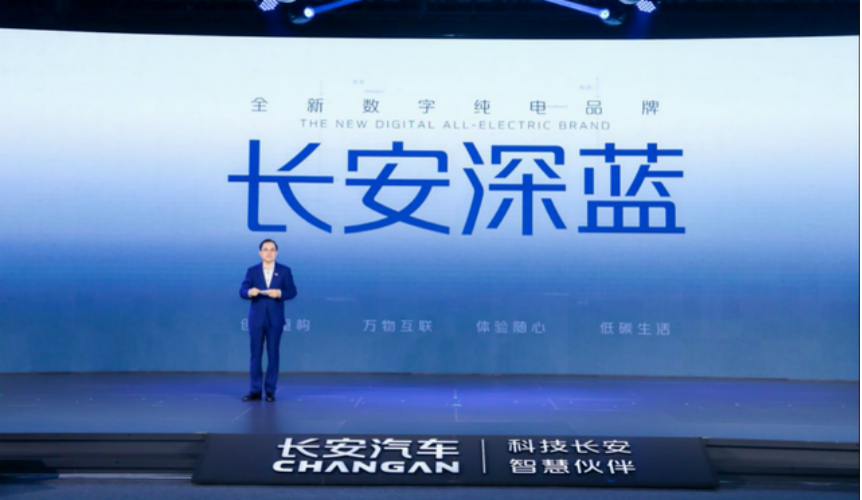Article by Joey
I always believed that with the changing landscape of China’s automobile market, the pattern of automobile brands would also adjust accordingly. For instance, three- and four-line joint venture brands like Renault and Suzuki used to be able to linger in the Chinese market, but they have gradually withdrawn from it over time.
After all, the market space is not infinite. After more than a decade of high-speed growth, China’s automobile market has gradually become saturated and begun to narrow. Without sufficient market space, those brands that were surviving on thin margins due to their large volumes naturally have reasons to be abandoned.
And such adjustments, in my fixed thinking, must inevitably be about subtraction. The number of streamlined brands will be reduced, but consumer demands will become more concentrated. But the reality seems to be different.
Just about ten days after I settled into my home quarantine, a friend told me that he had joined an automobile company. I thought it was a new force, but he told me that the brand was new, but the group behind it was old.
Suddenly I realized that my fixed thinking in the past had indeed caused me to neglect the potential for more automobile brands to emerge.
Yesterday, at the global partner conference held by Changan Automobile, the long-speculated new brand, Deep Blue, which has been given the four symbols of exploration, life, technology, and future by Changan, was officially confirmed as the brand that needs to be vigorously developed in the next stage of Changan. Previously, this new brand had already revealed some information to the outside world through various clues (such as the establishment of a public account on WeChat).
What kind of new car brand is needed in the digital age
In fact, some clues could be seen from the Changan Automobile Technology Ecology Conference held by Changan in August last year. Two important pieces of information were revealed at that conference: first, Avita, which is now ready to shine with its high-end smart electric vehicle E11; second, Changan’s another new pure electric vehicle model, C385, built on a brand new platform, made its debut at the same time.
Undoubtedly, since these two models appeared on the same stage without being under the same brand, it clearly indicates that these two models are bound to take different brand routes. So, when we look at it again today, the emergence of Changan’s new energy brand other than Avita can be regarded as natural.
In fact, in recent years, my focus on the automobile market, especially the new energy vehicle market, seems to be somewhat too narrow. After all, for several years now, the new automobile brands have almost always been at the center of the stage.
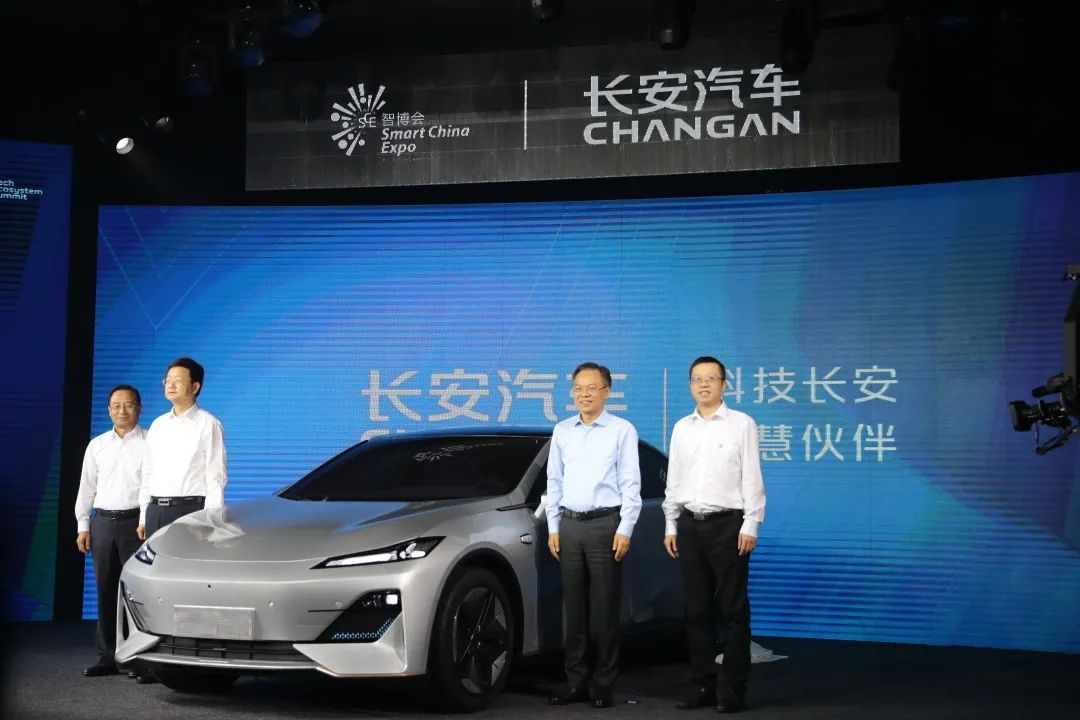 On the one hand, as the shape of the automobile industry begins to change, the new forces entering the market without historical burdens and with the expectation of capital have completely shaken off the heavy and solemn image formed by the automobile industry for more than a hundred years, becoming more lively and closer to and willing to adopt brand new technologies, and making cars capable of becoming travel robots for the future.
On the one hand, as the shape of the automobile industry begins to change, the new forces entering the market without historical burdens and with the expectation of capital have completely shaken off the heavy and solemn image formed by the automobile industry for more than a hundred years, becoming more lively and closer to and willing to adopt brand new technologies, and making cars capable of becoming travel robots for the future.
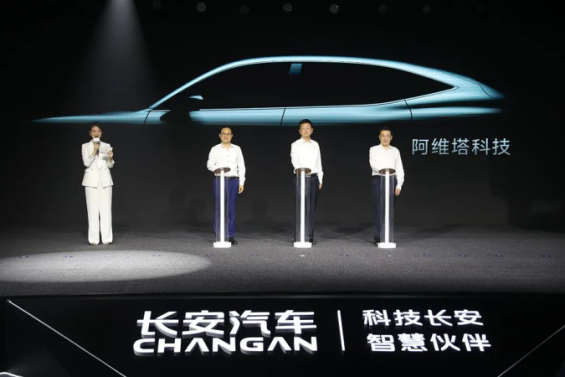
On the other hand, the emergence of pure electric vehicles has greatly reduced the threshold for car manufacturing. After all, without the development of the three major parts that are most labor-intensive, most complex, and the highest degree of mechanical precision, making cars has become simpler. By introducing various accessories including batteries, motors, and chips from different brands, a car can be assembled.
This kind of car manufacturing mode has made more and more people dare to enter the ancient industrial field of car manufacturing. Even if the human-machine interaction system cannot catch up with the head brands and the chassis tuning and driving experience cannot catch up with traditional luxury brands, as long as an electric motor is installed, the price is low and a license plate is included, it can still win a certain market.
However, at this time, we should remember that the most important thing in manufacturing cars is the strength of the system. Whether it is a new car or an old car, whether it is initially commissioned for processing or joint venture labeling, in the end, it still has to go back to the old road of building its own factory, setting up a production line, and establishing a research and development center. Simply put, although the things being produced are different, the process of making them is still the same. And since the process has not changed, the strength of the OEM system is still the most important thing in car manufacturing.
Of course, if even I have noticed this, then those serious car manufacturing companies with deep accumulation are even more aware of it. In recent years, making new energy vehicles has not been the exclusive patent of new forces in car manufacturing. Major fuel car manufacturers have also gradually entered the competition for the new energy smart car market.
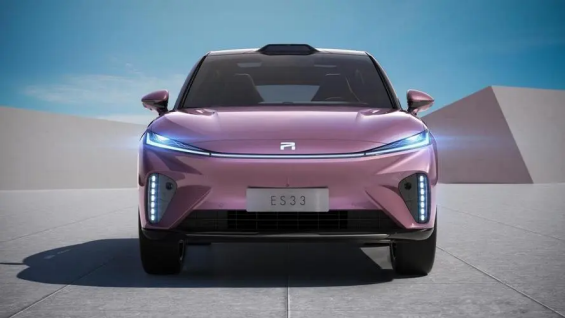
Among them, state-owned car brands such as BAIC, SAIC, and GAC have launched specialized car brands for new energy vehicles. At the same time, independent car brands have also made such plans. For example, Geely and Great Wall Motors have also done so. The only brand that has not launched a new brand and has been selling fuel and new energy vehicles together while creating a huge product matrix, BYD, announced not long ago that it will no longer make fuel vehicles.
After these brands entered the market directly and began face-to-face, bloody market competition with new forces in car manufacturing, the entire new energy car manufacturing environment has also changed. Therefore, new forces in car manufacturing have become new car brands. And based on this, they have started to compete for the future (after all, besides internal competition, in the era of smart electric cars, Chinese brands seem to have the possibility of competing with more European and American brands).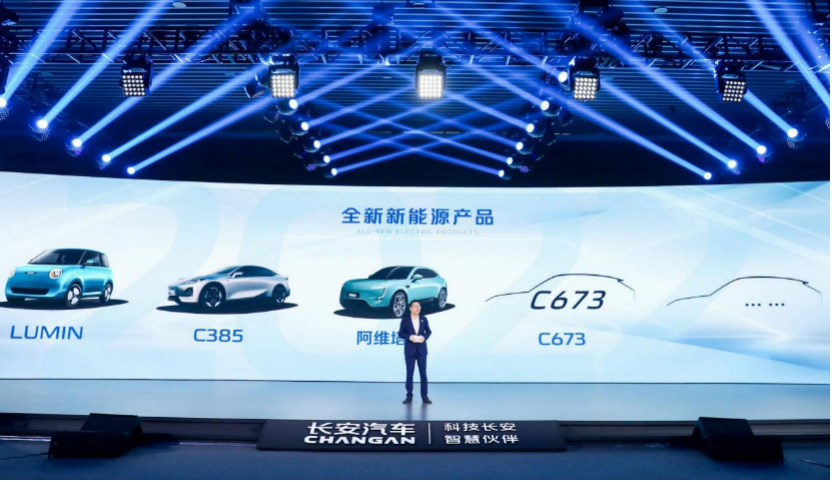
After the Global Partner Conference, Changan’s future path has become clearer. In addition to the new “Deep Blue” brand, Changan will continue to create Avita, a high-end intelligent electric vehicle, and continuously optimize UNI, Changan passenger vehicles, Oushang, Kaicheng and other brands.
According to Changan’s plan, four complete vehicle products have been planned for Avita, and 21 new products will be launched in the mainstream passenger car market, of which Deep Blue has five (worth mentioning is, Changan also plans to launch the first domestic hydrogen fuel cell sedan). In my opinion, these new energy vehicle launch plans that have already been decided have become the most important trump card for Changan to embrace the new energy intelligent vehicle era in the next stage of competition.
Changan’s new goal
What is the significance of the new brand?
According to Changan’s goal, by 2025, the total sales of its planned brands can reach 4 million vehicles, of which Changan brand can reach 3 million vehicles, and the sales of new energy vehicles need to reach 1.05 million vehicles. This is obviously a heavy responsibility for Avita and Deep Blue.

Firstly, facing the transformation of energy in the automotive industry, the idea of relying on capital to join the game alone, just like the new forces in the past, is actually a gamble to turn a bicycle into a motorcycle.
In the early stages, everyone was on the same starting line, and the strength of car-making was also similar. As long as the funding chain was continuous, the existence time was long, and the product was still reliable, the brand could stand. With good popularity and good sales, you can continue to make a profit, continue to finance, and continue to invest, and finally enter a virtuous circle of the brand.
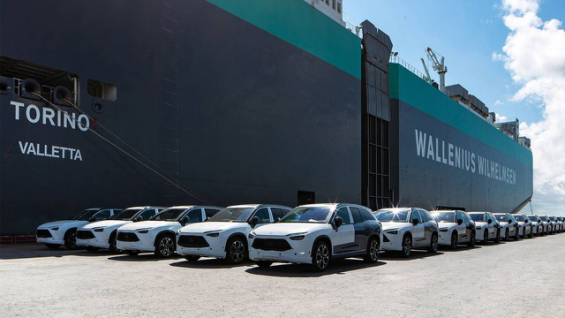
However, as for Changan or traditional automakers who entered the game earlier than Changan, they seem to have missed the first wave of growth opportunities. In fact, Changan has been involved in the new energy vehicle field since 2001, and now is the right time for them to attack in this field. After all, there are also high-end and luxury car brands from Europe, America and Japan who have joined this “new world” with them. These veteran car-making forces with deep accumulation and industrial foundation joining the game may be the beginning of real competition.Although Chang’an may not have been an early mover in the field of new energy, brands like AVITA and Deep Blue have their own advantages. These new brands incubated from “old forces” are backed by towering trees. With ample funding and a mature system, they have the strength to quickly launch a product line and have plenty of trial-and-error opportunities.
Therefore, launching a brand new brand can both ensure that if they make a mistake, it will not affect the performance of the main brand, and also provide more room for development for these new brands to jointly compete in the new energy vehicle market through differentiated positioning.
Choosing this new energy brand route is not unique to Chang’an. SAIC also launched two brands, Fei Fan and Zhi Ji, from the beginning, and GAC also successively launched Ai An and He Chuang. Similarly, Great Wall has Euler and Salon, while Geely is more exaggerated, creating several brands with different positioning and differentiated products, such as Geometry, LYNK & CO, and JIKE.
Simply put, the purpose of doing so is naturally to hope that these brands can occupy a place in different segmented markets based on their own positioning. A more similar explanation to a strategic plan is to “let them grow freely”, which is also the most traditional broad planting and thinning strategy, or a strategy that achieves double success. Of course, if we think deeper, in addition to establishing brand standing and having best-selling products, there are more reasons that drive the establishment of these brand new brands.
This kind of multi-brand collaborative advancement is indeed a good method for quickly promoting the company’s growth. As the controlling shareholder of these independent new energy brands, once the brand survives, goes down the road, and goes public, the huge appreciation of investment success will drive the company to win greater competitiveness in the future.
Now our question is, in the era of new energy, does the launch of more new new energy brands like Chang’an or more traditional car companies mean more opportunities? Of course, purely from a logical point of view, there is no problem with this sentence. But an important point is, does only Chang’an have a lot of brands? The answer is obviously no.
When everyone starts to launch two, three, or even more brands in the new energy era, internal circulation is inevitable. When everyone hopes to improve their own fault tolerance rate, they actually jointly squeeze the success rate. But at least for consumers, this is not a bad thing.
In the face of such market changes, Chang’an has already brewed its own overseas development plan, just like the new energy and new forces car brands that went “overseas” earlier. According to Chang’an’s plan, by 2025, the brand will establish 2-3 overseas manufacturing bases and complete the layout of the first phase of global automobile market capacity. It also plans to establish headquarters in Europe and North America at the appropriate time, and open a “second battlefield” outside the fierce competition in the domestic market.The more important thing is that Changan still has a trick up its sleeve. In addition to Awema and Shenlan, Changan is also considering the electric small car market represented by the Wuling Hongguang MINIEV, which is also a considerable “cake”.
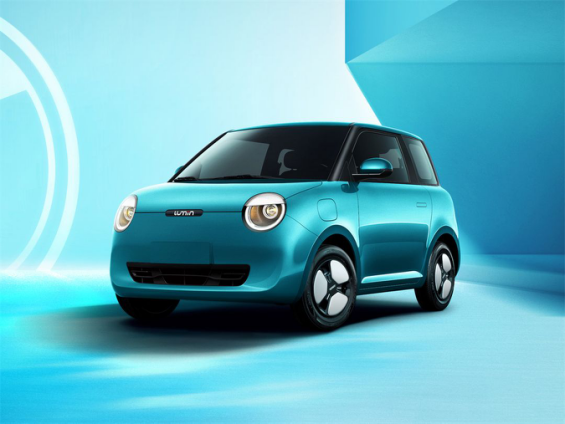
Facing this “cake”, Changan also has its own plan. According to the plan, Changan will launch four new products for the micro electric vehicle market in the future. This year, the LUMIN model will be the first to be launched, representing the Changan brand’s entry into the competition for the national competitive commuting market.
Perhaps one day in the future, this little guy will suddenly take on new responsibilities, compete with Shenlan and Awema in various segments of the electric vehicle market, and gain a good market share. By then, when we look back at the stories about Changan, electric vehicles, and new car brands, they may become even more exciting.
This article is a translation by ChatGPT of a Chinese report from 42HOW. If you have any questions about it, please email bd@42how.com.
